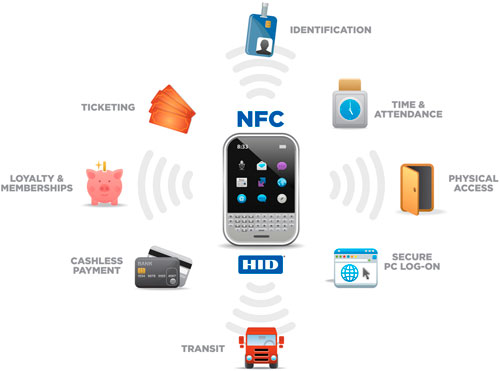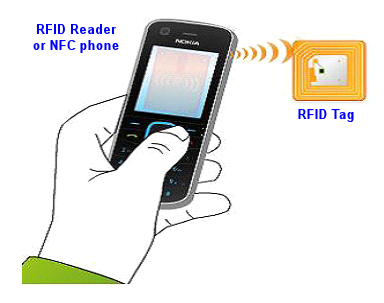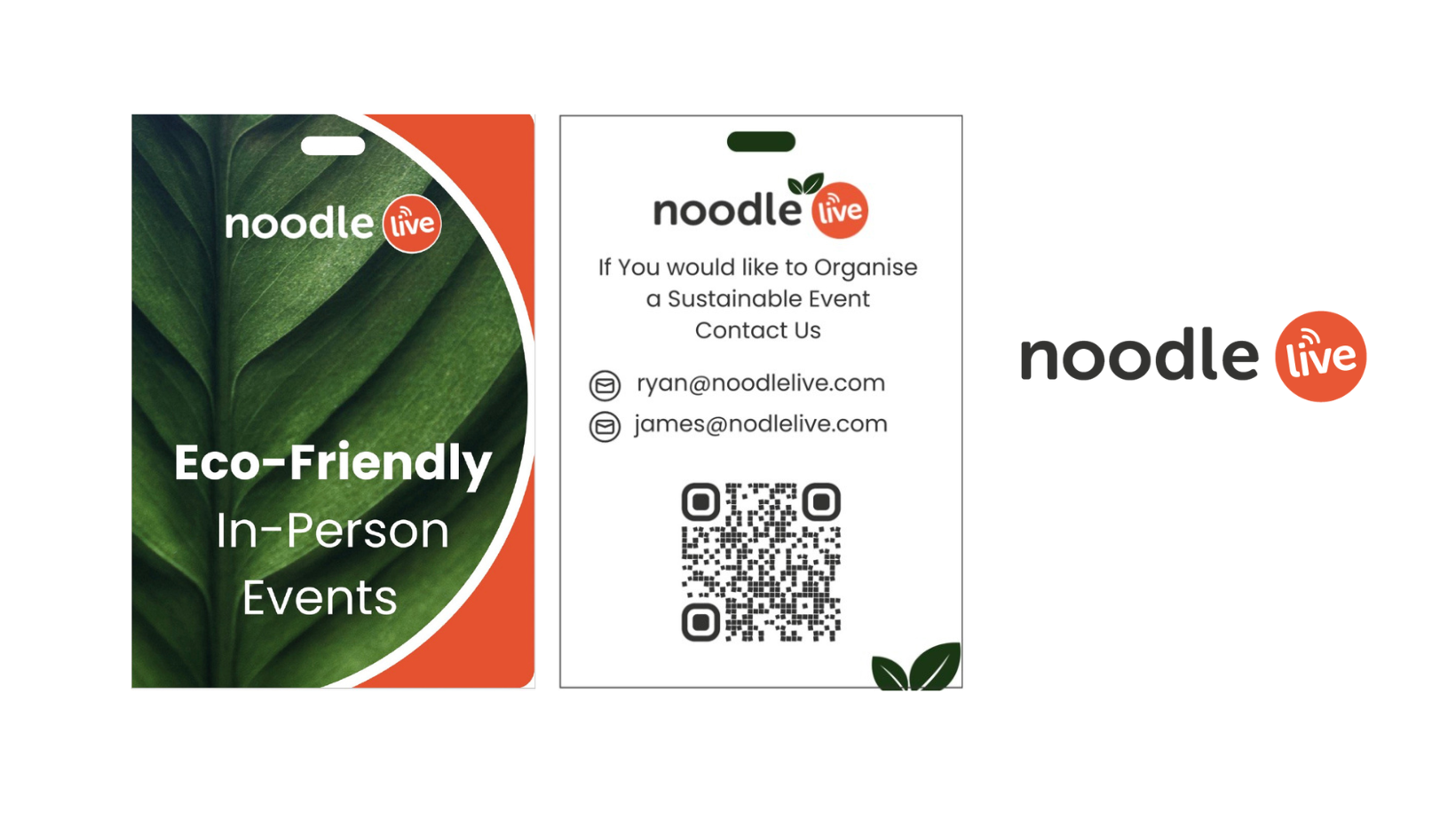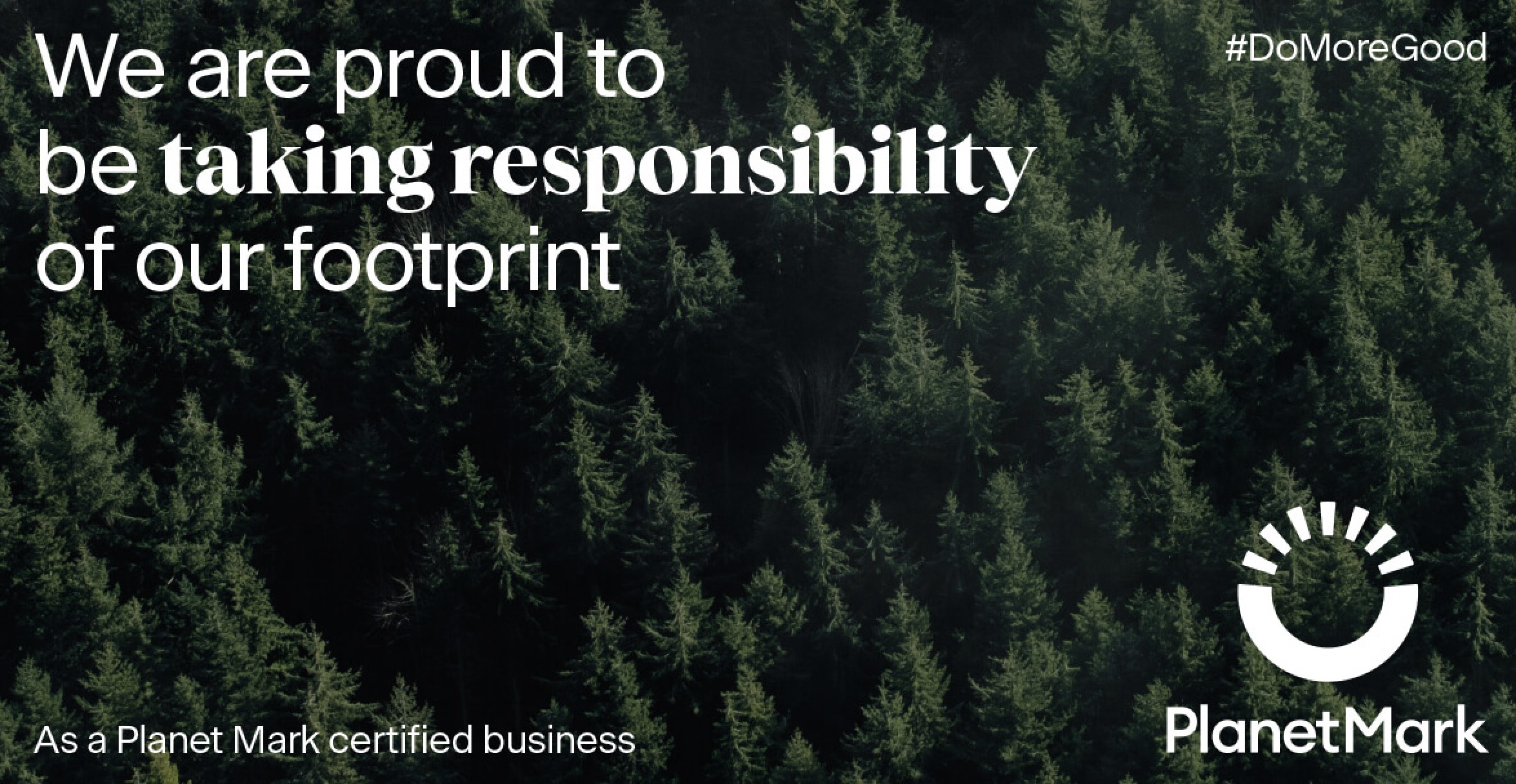Struggling to get your head around RFID and NFC? Scared people will LOL at your weak understanding of these exciting acronyms? These tiny-yet-critical slivers of technology might seem mysterious, but like so many great ideas they’re actually pretty simple.
RFID and NFC both use radio signals to transmit information. RFID stands for Radio Frequency Identification and NFC stands for Near Field Communication.
RFID is the big brother of the two, having been around since the late 1970s when it was created by an awesome inventor named Charlie Walton. There are two components to any RFID system– a tag and a reader. The tag contains a memory chip that stores data, which the reader can collect when it is nearby.
RFID went digital in the 1980s, meaning that the information stored on individual chips could be changed – widespread adoption soon followed and today it is a critical technology for inventory tracking in retail. RFID tags are also used for baggage tracking, in smart passports, to swipe in and out of secure buildings and for countless other data transfer activities. The microchip that means your dog or cat can be returned to you if it ever gets lost? Yup, that’s RFID.
By comparison, NFC is the new kid on the block. The technology is still in its infancy, having only been invented in the early 2000s. NFC works over much shorter distances than RFID (typically around 10cms or less) but is a two-way form of communication. You’ll find NFC in many new smartphones and it’s quickly becoming a must-have feature in new generations of mobiles.
One key use of NFC is for contactless payments. A phone containing an NFC tag can replace all of your credit, debit and loyalty cards, and it is predicted that NFC will enable £87 million of transactions worldwide by 2015. You could also use your NFC-enabled smartphone to swipe an advertisement and collect coupons or enter competitions. And if you thought that NikeFuel sounded like a great way to track your personal data and hack your body, wait to see what an NFC skin tag could do to communicate your vital statistics to personal trainers, or even your doctor.
Both technologies allow for greater connectivity in our day-to-day lives and there are plenty of great examples of ways that businesses can harness the power. Check out 8 awesome uses of RFID and NFC to see for yourself!
__________________________________________________________
About Noodle Live
Noodle Live brings a seamless social experience to events, conferences and exhibitions using a combination of mobile applications and RFID (Radio Frequency Identification) swipe cards to streamline information sharing.
For more information check out our video or visit www.noodlelive.com
Join us on Facebook: facebook.com/noodlelive
Follow us on Twitter: twitter.com/hellonoodle
This post was written by Clemi Hardie, founder and MD of Noodle Live.




